Green, M, Chatham, C., & Sestir, M. (2012). Emotion and transportation into fact and fiction. Scientific Study of Literature, 2, 37-59.
Green, M. & Brock, T. (2000) The role of transportation in the persuasiveness of public narratives. Journal of Personality and Social Psychology, 79, 701-721.
Haidt, J. (2001). The emotional dog and its rational tail: A social intuitionist approach to moral judgment. Psychological Review, 108, 814-834.
Hinyard, L. & Kreuter, M. Using narrative communication as a tool for health behavior change: A conceptual, theoretical, and empirical overview. Health Education and Behavior, 20, 1-16.
Houston, T., Allison, J., et.al. (2011) Culturally appropriate storytelling to improve blood pressure: A randomized trial. Annals of Internal Medicine, 154, 77-84.
Houston, T., Cherrington, A., et. al. (2011) The art and science of patient storytelling — Harnessing narrative communication for behavioral interventions: the ACCE project. Journal of Health Communication– International Perspective, 16, 686-697.
Park, A., et. al. (2011) Storytelling May Help Lower Blood Pressure. Time Health and Family.
Parker-Pope, T., et. al. (2011) Healing Through Storytelling. The New York Times – Health|Science.
Myers, K., PhD, MA; Green, M., MD, MS; et. al. (2011) Storytelling: A Novel Intervention for Hypertension. Annals of Internal Medicine.
Purifoy, T., et. al. (2011) Culturally Appropriate Videos Share Stories of Individuals With Hypertension, Leading to Improvements in Blood Pressure in Inner-City African Americans. U.S. Dept. of Health and Human Services – Agency for Healthcare Research and Quality.
Wilkens, S, MPH;. et. al. (2011) Looking For A Way To Engage Patients In Behavior Change? Try “Storytelling”. Mind The Gap.
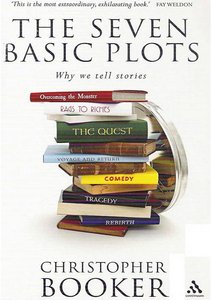
Booker, C. (2004). The Seven Basic Plots. New York: Continuum.
This remarkable and monumental book at last provides a comprehensive answer to the age-old riddle of whether there are only a small number of ‘basic stories’ in the world. Using a wealth of examples, from ancient myths and folk tales via the plays and novels of great literature to the popular movies and TV soap operas of today, it shows that there are seven archetypal themes which recur throughout every kind of storytelling.
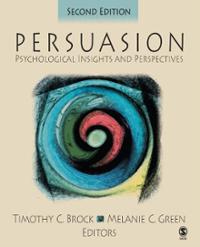
Brock, T. & Greene, M. (eds). (2005). Persuasion: Psychological Insights and Perspectives (2nd ed). CA: Sage.
Persuasion highlights important and influential views on persuasion and guides students through the important contemporary centers of basic and applied persuasion research. The renowned contributors to this volume apply cutting-edge knowledge from their current research across a variety of domains, including health, advertising, prejudice, political communication, group decision making, and the impact of narratives.
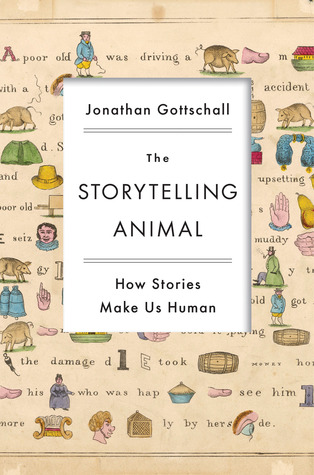
Gottschall, J. (2012). The Storytelling Animal: How Stories Make Us Human. New York: Houghton Mifflin Harcourt.
Humans live in landscapes of make-believe. We spin fantasies. We devour novels, films, and plays. Even sporting events and criminal trials unfold as narratives. Yet the world of story has long remained an undiscovered and unmapped country. Storytelling has evolved, like other behaviors, to ensure our survival. Drawing on the latest research in neuroscience, psychology, and evolutionary biology, Gottschall tells us what it means to be a storytelling animal and explains how stories can change the world for the better.
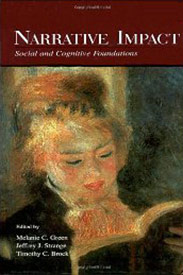
Greene, M., Strange, J. & Brock, T. (eds). (2002). Narrative Impact: Social and Cognitive Foundations. NJ: Erlbaum.
The impact of public narratives has been so broad (including effects on beliefs and behavior but extending beyond to emotion and personality), that the stakeholders in the process have been located across disciplines, institutions, governments, and, indeed, across epochs.
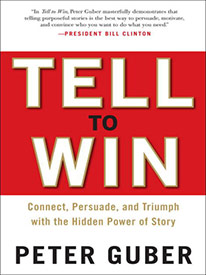
Gruber, P. (2011). Tell to Win: Connect, Persuade, and Triumph with the Hidden Power of Story. New York: Crown.
Today everyone–whether they know it or not–is in the emotional transportation business. More and more, success is won by creating compelling stories that have the power to move partners, shareholders, customers, and employees to action. Simply put, if you can’t tell it, you can’t sell it. And this book tells you how to do both.
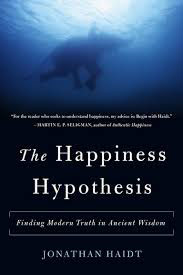
Haidt, J. (2006). The Happiness Hypothesis. New York: Basic.
In his widely praised book, award-winning psychologist Jonathan Haidt examines the world’s philosophical wisdom through the lens of psychological science, showing how a deeper understanding of enduring maxims-like Do unto others as you would have others do unto you, or What doesn’t kill you makes you stronger-can enrich and even transform our lives.

Haidt, J. (2003). The moral emotions. In R. J. Davidson, K. R. Scherer, & H. H. Goldsmith (Eds.).
This volume is a comprehensive roadmap to the burgeoning area of affective sciences, which now spans several disciplines. The Handbook brings together, for the first time, the various strands of inquiry and latest research in the scientific study of the relationship between the mechanisms of the brain and the psychology of mind.





